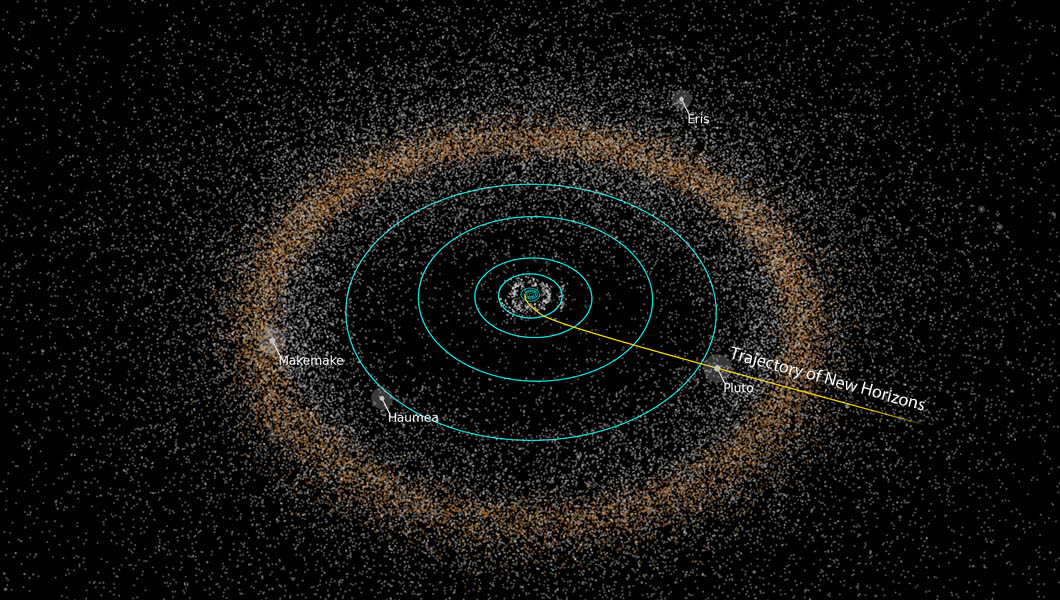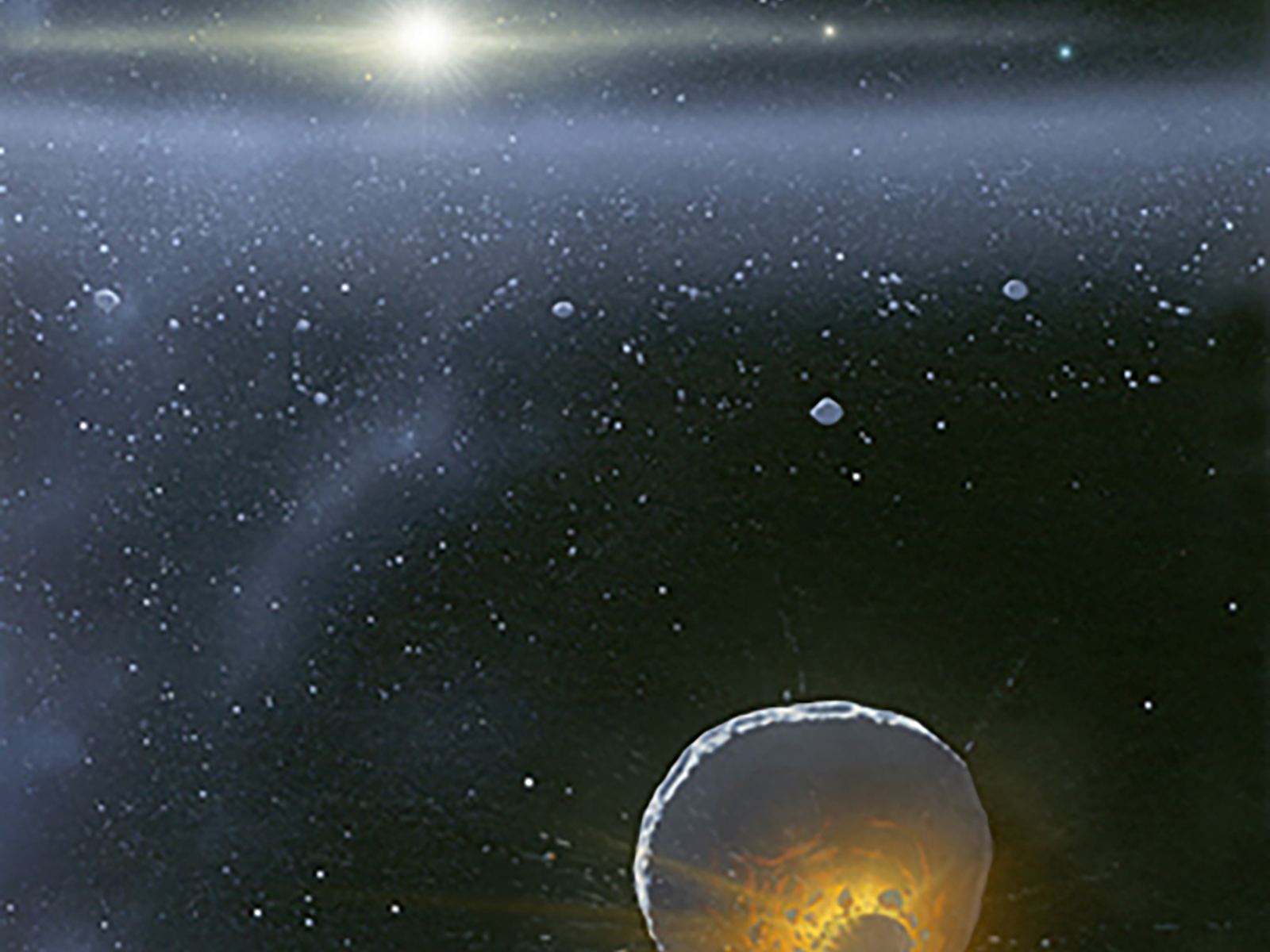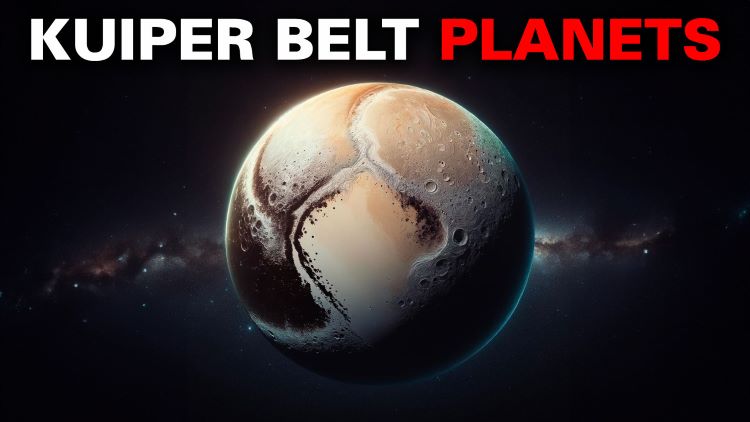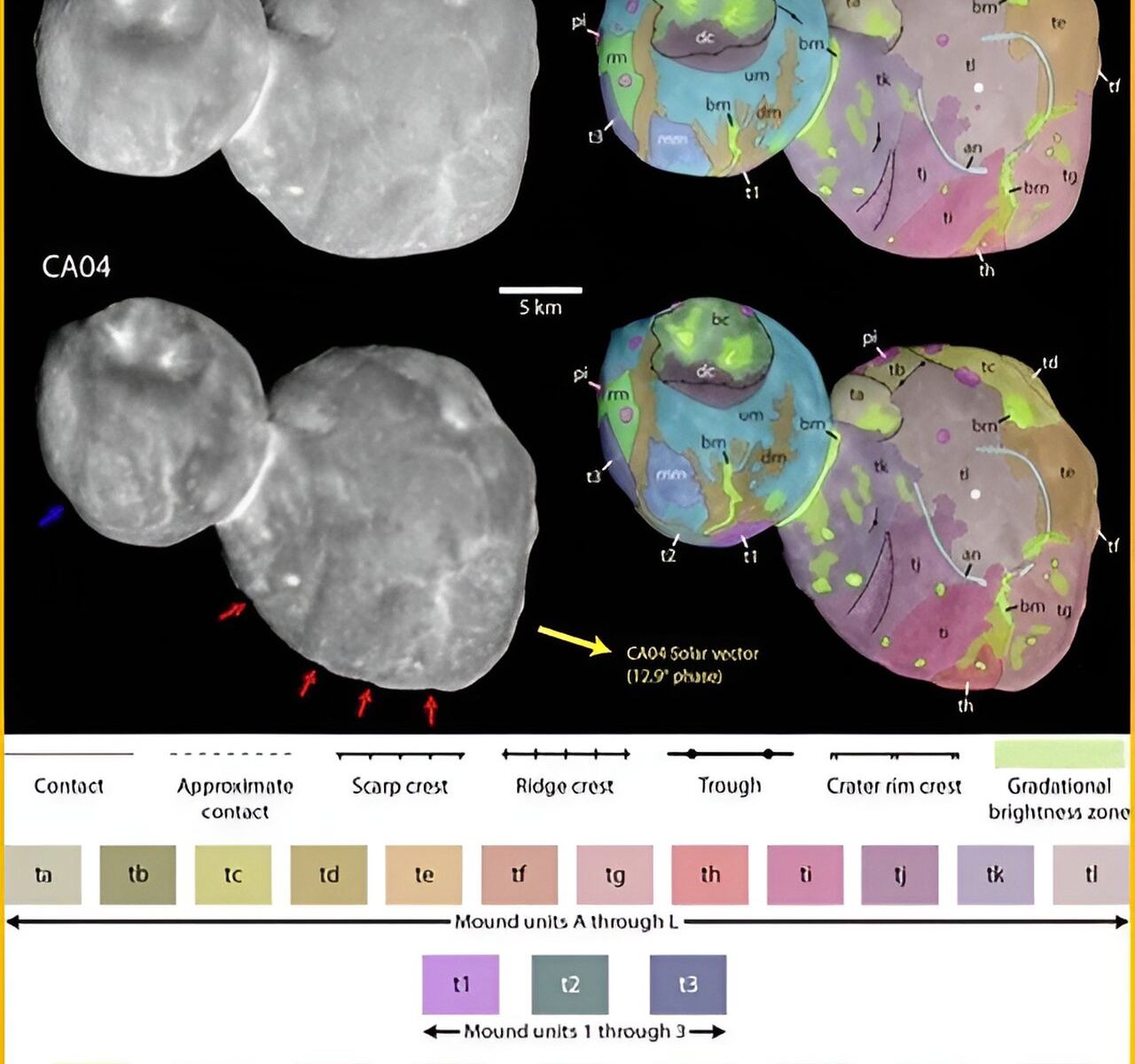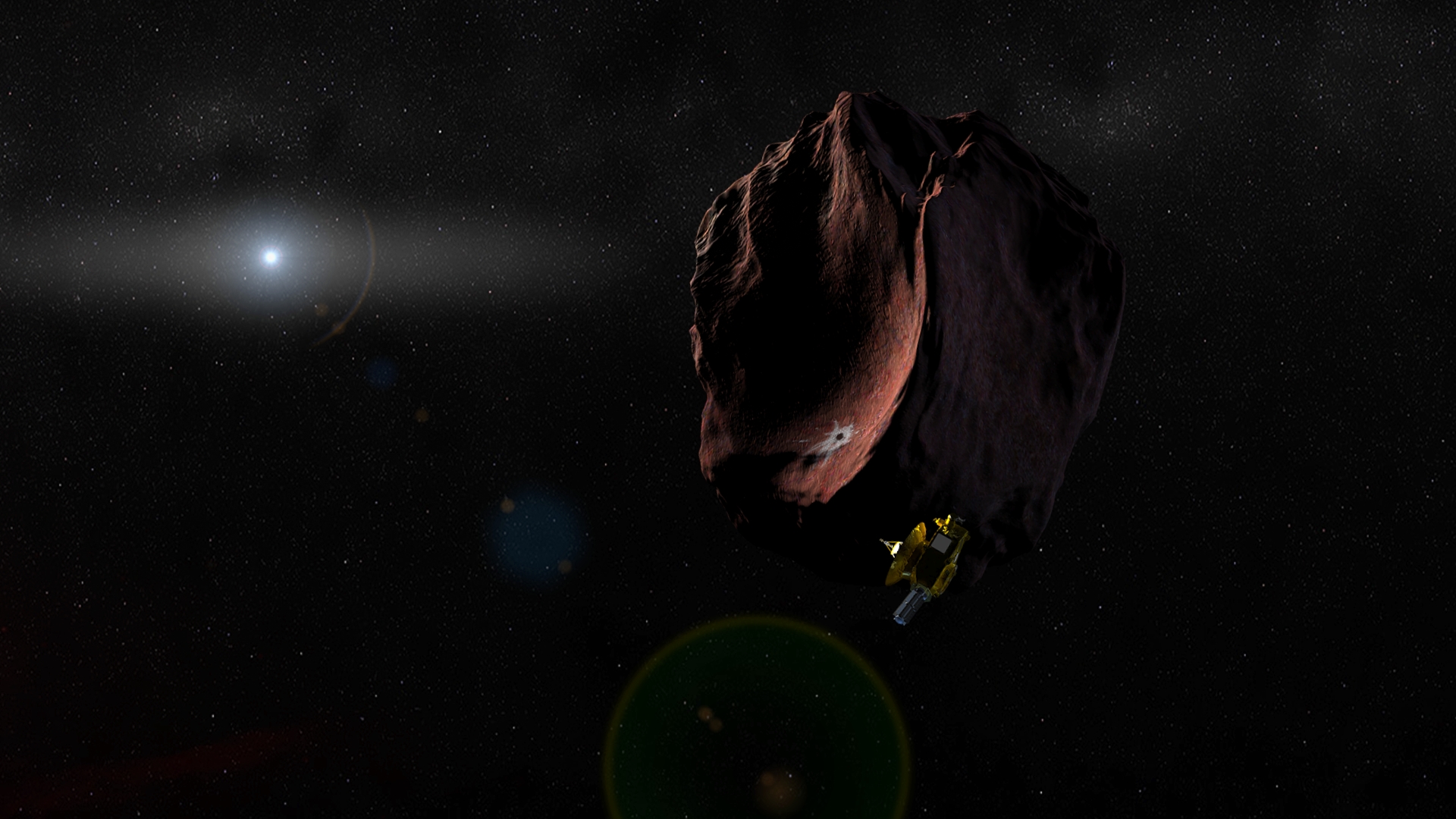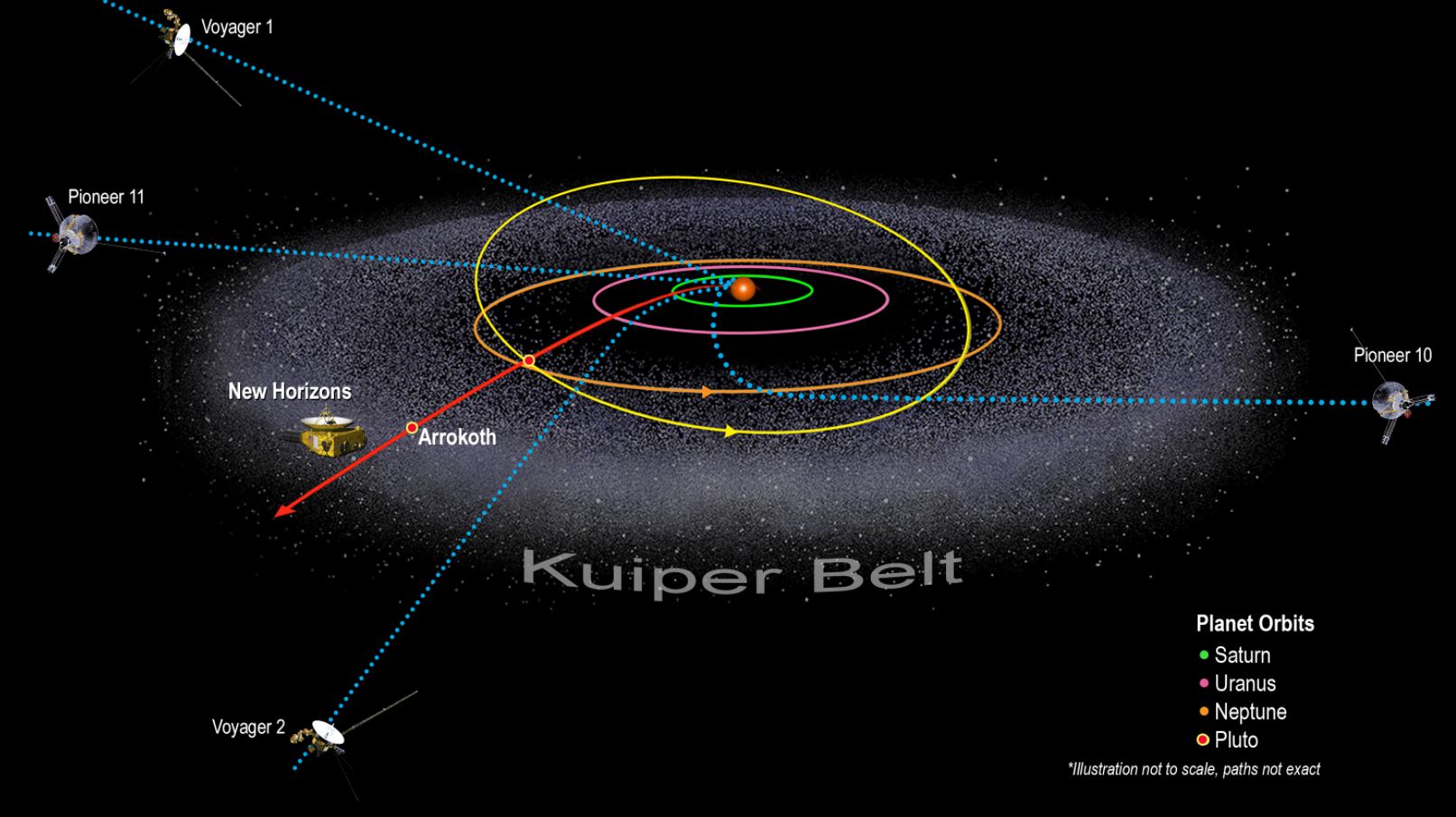The James Webb Space Telescope (JWST) has revealed magnificent things about the Universe. Using its sophisticated infrared optics, it has peered deeper into space (and farther back in time) than any observatory to date, gathering data on the first galaxies to form in our Universe. It has also obtained spectra from exoplanets, revealing things about the chemical composition of their atmospheres. In addition, Webb has provided some stunning views of objects within our Solar System, like Jupiter and its auroras, Saturn’s rings and moons, and Neptune and its satellites.
Recently, a team led by researchers from Southwest Research Institute (SwRI) used Webb Near-Infrared Spectrograph (NIRSpec) to closely examine the Pluto-Charon system. Their observations detected frozen carbon dioxide and hydrogen peroxide on the surface of Pluto’s largest moon for the first time. These discoveries add to what scientists learned about Charon’s chemical inventory from ground-based telescopes and the New Horizons mission. It also reveals more about the chemical composition of the many objects that make up the Kuiper Belt.
Continue reading “Webb Detects Carbon Dioxide and Hydrogen Peroxide on Pluto’s Moon Charon”


